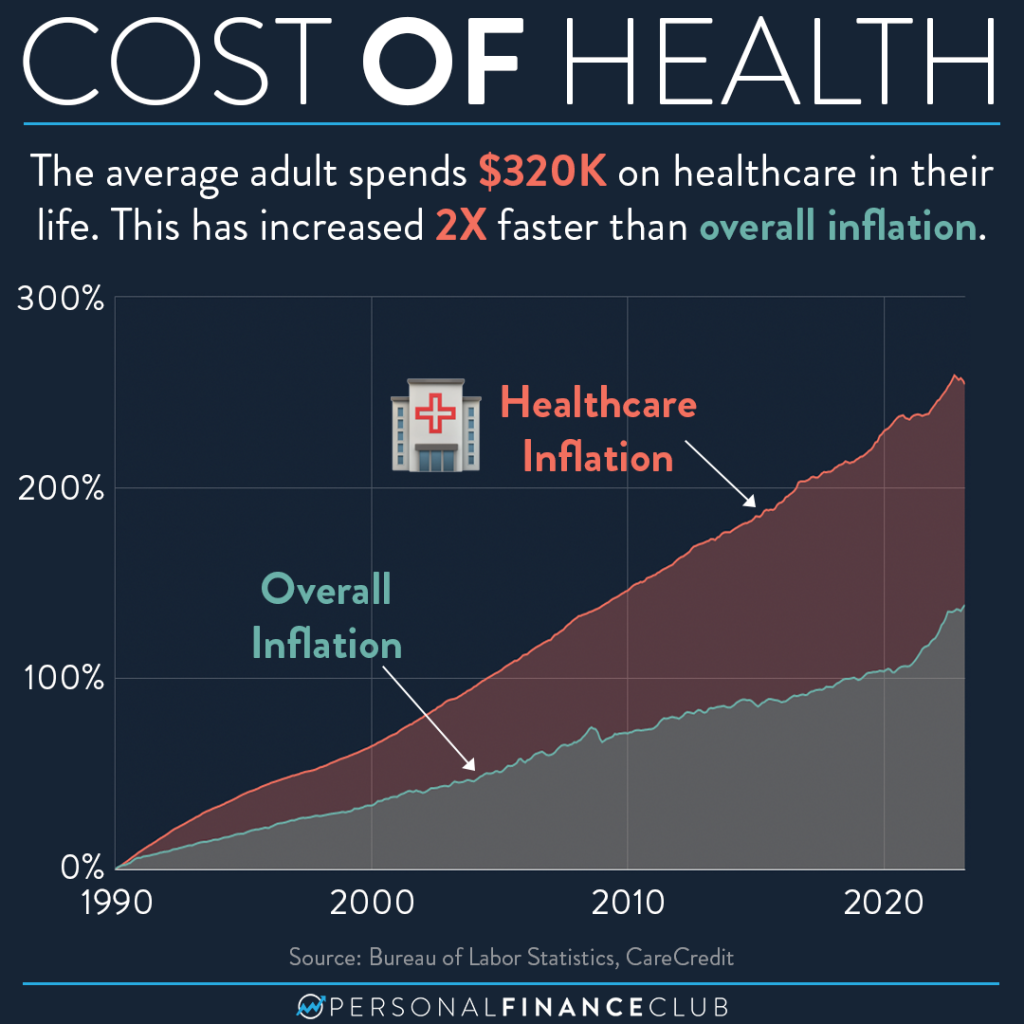Ideal Healthcare RCM Practices to Improve Functional Efficiency and Collections
Ideal Healthcare RCM Practices to Improve Functional Efficiency and Collections
Blog Article
A Comprehensive Overview on Just How Health Care RCM Works to Simplify Billing and Collections
Navigating the intricacies of healthcare earnings cycle administration (RCM) is crucial for companies aiming to boost their billing and collections processes. The guide unpacks the details of RCM, from patient registration to accounts receivable management, providing insights right into optimizing each step.
Recognizing Earnings Cycle Monitoring
RCM is a crucial administrative feature that includes the whole monetary process of individual treatment, from the initial visit setting to the final settlement of the balance. It is a complex treatment created to recognize, accumulate, and handle the revenue from the services given to clients.
The RCM process starts when a client timetables a consultation and prolongs via the patient's treatment trip, including payment and collections. An essential objective is to minimize the time in between obtaining and providing a solution settlement, therefore boosting the company's financial health. RCM involves numerous functions such as person registration, insurance policy confirmation, fee capture, coding, asserts submission, payment uploading, and handling charms and denials.
Key Parts of RCM
In the realm of Profits Cycle Management (RCM), understanding its essential elements is essential to accomplishing economic performance within medical care companies. RCM is a thorough process that incorporates different stages, each vital to ensuring efficient payment and collections. The key components consist of person enrollment, insurance policy confirmation, fee capture, coding, claim entry, payment publishing, and receivable management.


As soon as coded, claims are submitted to payers, where accuracy is extremely important to avoid delays or rejections - Healthcare RCM. Repayment publishing involves videotaping the obtained payments, which permits the settlement of accounts. Finally, balance dues management concentrates on tracking and attending to unpaid insurance claims, guaranteeing prompt follow-up and resolution
Each part of RCM is adjoined, and inadequacies in any type of part can interfere with the whole cycle. Therefore, mastering these elements is necessary for health care carriers to optimize earnings and boost their financial health and wellness.
Techniques for Reliable Payment

Standardizing invoicing procedures throughout the organization is another key technique. Establishing clear guidelines for paperwork, coding, and entry helps maintain uniformity and conformity with governing demands. Training team frequently on these procedures makes sure every person is updated with the most up to date adjustments in payment codes and payer policies.
Exact fee capture is essential in stopping revenue leakage. Carrying out routine audits and monitoring systems enables the recognition and modification of inconsistencies prior to they influence income. Additionally, maintaining open lines of interaction with payers assists to quickly resolve any disagreements or misconceptions that may occur.

Last but not least, interesting patients early in the payment process by giving clear price quotes and instructional products regarding their financial obligations can substantially decrease complication and improve payment timeliness. These methods collectively add visit the website to a much more effective and financially healthy payment system.
Enhancing Collections Processes
Provided the intricacies of medical payment and the variety of payer demands, improving the collections process entails executing tactical steps that guarantee accurate and timely repayment of services rendered. Automation devices can help in tracking insurance claim statuses, sending out timely suggestions to people, and managing denials a lot more properly.
Clear and clear client communications are official website important. Giving comprehensive explanations of fees and providing versatile repayment strategies can enhance individual satisfaction and timely settlements.
Normal audits of the collections procedure ought to be conducted to identify locations for renovation and ensure compliance with policies. By evaluating information, health care companies can determine patterns, expect prospective problems, and adjust strategies accordingly (Healthcare RCM). Eventually, a well-enhanced collections procedure not only supports economic health however also adds to a much more seamless experience for individuals and staff alike
Optimizing Income Streams
Building upon the foundation of a solid collections procedure, healthcare organizations can even more bolster their monetary stability by strategically maximizing income streams. This involves a multi-faceted technique, starting with a detailed evaluation of existing profits resources to identify inefficiencies and locations for growth. Using innovative information analytics tools makes it possible for companies to gain understandings right into payer mix, person demographics, and solution usage patterns, enabling for data-driven decisions that enhance revenue capture.
Carrying out automated invoicing systems can dramatically lower mistakes and quicken insurance claims processing, making sure that profits is gathered a lot more effectively. In addition, maximizing payer contracts with routine arrangements can improve compensation rates and terms, directly impacting the bottom line. Expanding service offerings, such as including telehealth or health care, can likewise attract a wider patient base, hence boosting income possibility.
Another crucial component is improving client engagement and satisfaction, as satisfied clients are most likely to stick to therapy plans and make prompt payments. Offering versatile Resources repayment options and clear invoicing practices can enhance collections and foster patient commitment. Healthcare RCM. By adopting these techniques, medical care organizations can develop an extra durable monetary structure, ensuring continual development and security in an ever-changing industry landscape
Conclusion
To conclude, medical care Income Cycle Administration (RCM) plays an essential duty in maximizing invoicing and collections processes by incorporating crucial parts such as patient enrollment, insurance confirmation, cost capture, coding, claims entry, and balance due management. By employing innovative modern technology, systematizing procedures, and promoting client engagement, doctor can substantially reduce claim denials, increase repayment cycles, and enhance capital. This detailed method to RCM inevitably leads to boosted financial performance and sustainability for health care companies.
The RCM procedure starts when a person timetables a consultation and expands via the individual's treatment journey, consisting of billing and collections.One more vital part is boosting patient engagement and fulfillment, as completely satisfied patients are much more likely to adhere to treatment plans and make prompt settlements. Using versatile repayment choices and transparent billing techniques can improve collections and foster person commitment.In verdict, health care Income Cycle Management (RCM) plays an essential function in optimizing billing and collections processes by incorporating essential parts such as client enrollment, insurance confirmation, fee capture, coding, claims entry, and accounts receivable administration. By using innovative technology, standardizing treatments, and cultivating patient engagement, health care companies can significantly minimize case denials, speed up repayment cycles, and enhance cash flow.
Report this page